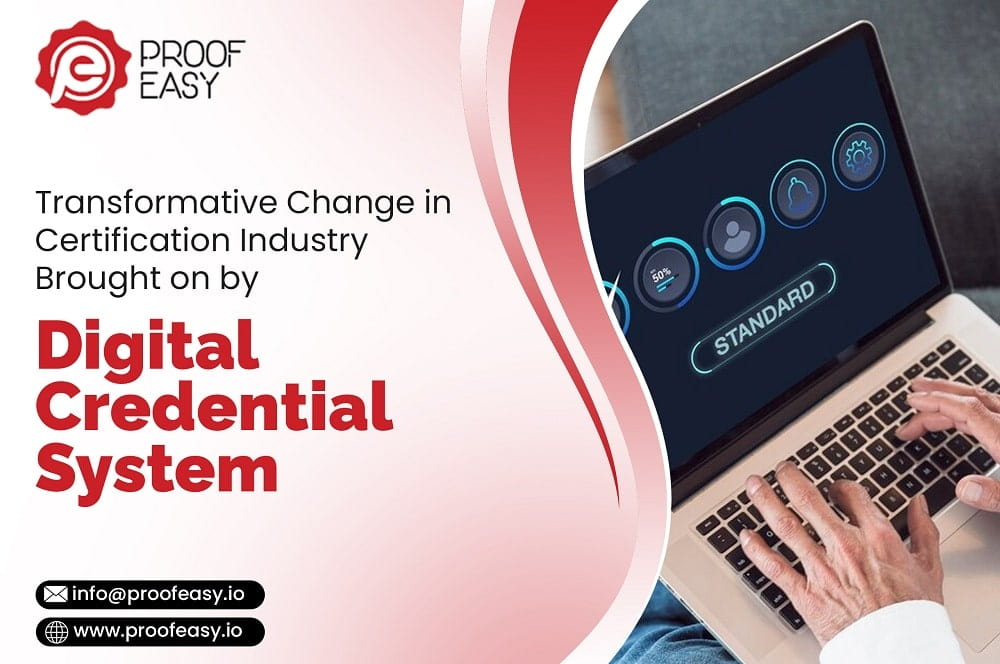
In a digital world where personal information is increasingly valuable and vulnerable, the need for secure and private identity authentication has never been more critical. Traditional centralized identity systems, while prevalent, pose significant risks, including data breaches and identity theft. Decentralized Identity Authentication (DIA) offers a revolutionary solution, combining security, privacy, and auditability to protect user information.
Understanding Decentralized Identity Authentication
Decentralized Identity Authentication is a framework where individuals control their own digital identities, rather than relying on a central authority. This approach leverages blockchain technology to create a distributed and immutable ledger, ensuring that identity information is secure and transparent.
Core Components of DIA
Self-Sovereign Identity (SSI): SSI allows individuals to own and control their identity data. Users store their credentials in a digital wallet and can share specific attributes with service providers without revealing their entire identity. This minimizes data exposure and enhances privacy.
Verifiable Credentials (VCs): These are digital statements issued by trusted entities (like governments or educational institutions) that attest to specific information about an individual. VCs are cryptographically signed, making them tamper-proof and easily verifiable.
Decentralized Identifiers (DIDs): DIDs are unique identifiers that are created, owned, and controlled by the user. Unlike traditional identifiers (such as email addresses or usernames), DIDs do not rely on a central registry. Instead, they are registered on a blockchain, ensuring immutability and decentralization.
The Role of Blockchain
Blockchain technology is the backbone of DIA. It provides a secure, transparent, and tamper-proof ledger for recording identity transactions. Each entry on the blockchain is encrypted and linked to the previous entry, creating a chain of blocks that is resistant to alteration. This ensures that identity data remains secure and can be audited without compromising privacy.
Benefits of Blockchain in DIA
Security: Blockchain’s decentralized nature makes it highly resistant to hacking and fraud. There is no single point of failure, reducing the risk of data breaches.
Transparency: Transactions recorded on the blockchain are transparent and traceable. This ensures accountability and trust in the system.
Immutability: Once recorded, data on the blockchain cannot be altered or deleted. This guarantees the integrity of identity information.
Ensuring Auditability and Privacy
Auditability and privacy are often seen as conflicting goals. However, DIA strikes a balance between the two. With blockchain, every identity transaction is recorded and can be audited for compliance and verification purposes. At the same time, cryptographic techniques, such as zero-knowledge proofs, allow for the verification of identity attributes without revealing the underlying data. This ensures that users’ privacy is maintained while still enabling auditability.
Practical Applications
Decentralized Identity Authentication has vast potential across various sectors:
Financial Services: Enhancing KYC (Know Your Customer) processes while protecting sensitive customer information.
Healthcare: Securing patient data and enabling secure sharing of medical records.
Government: Streamlining identity verification for services like voting and social benefits.
Conclusion
Decentralized Identity Authentication is poised to transform the way we manage and protect digital identities. By leveraging blockchain technology, it offers a secure, private, and auditable framework that addresses the limitations of traditional systems. Companies like ProofEasy are at the forefront of this revolution, providing innovative solutions that ensure both the integrity and privacy of identity data. As we move towards a more digital and interconnected world, DIA represents a significant step forward in safeguarding personal information.

